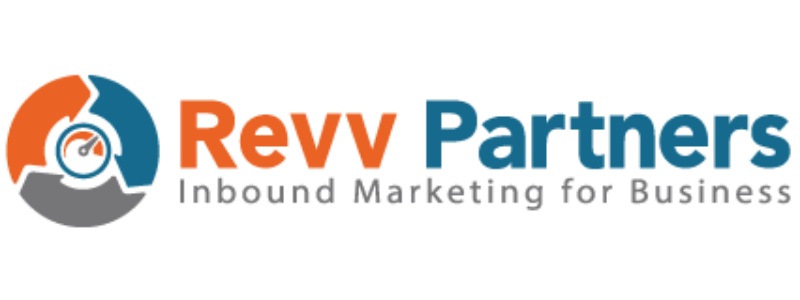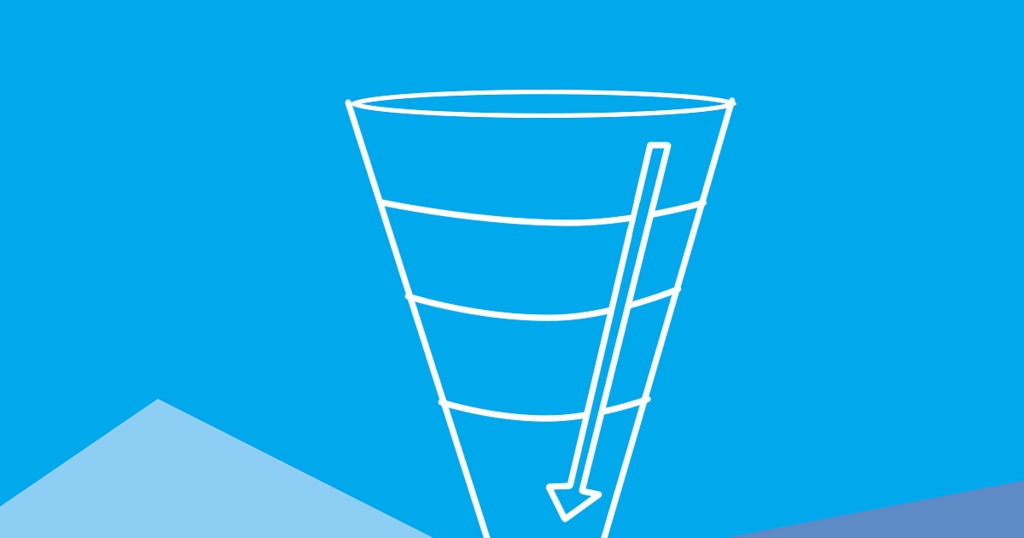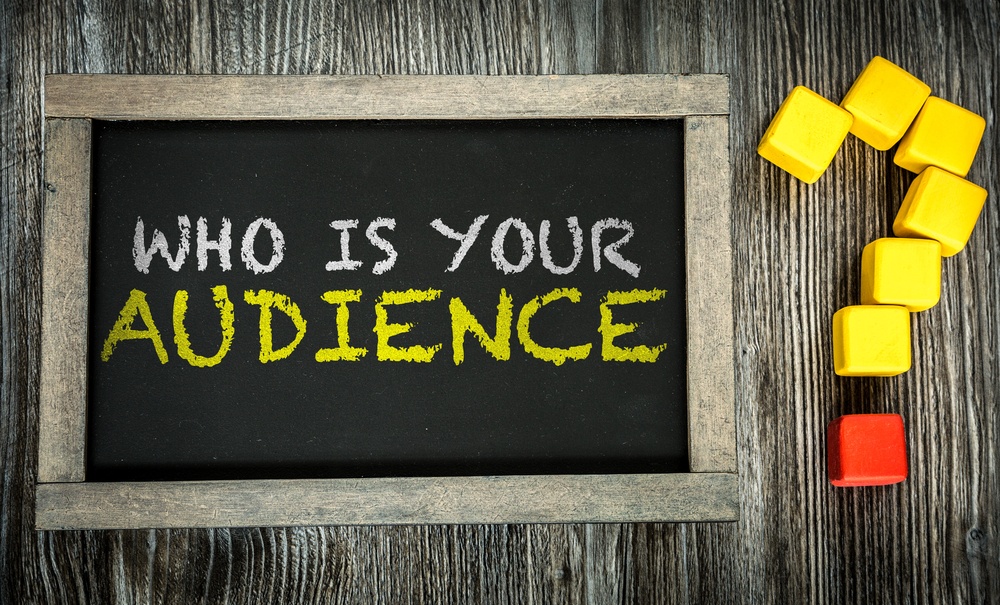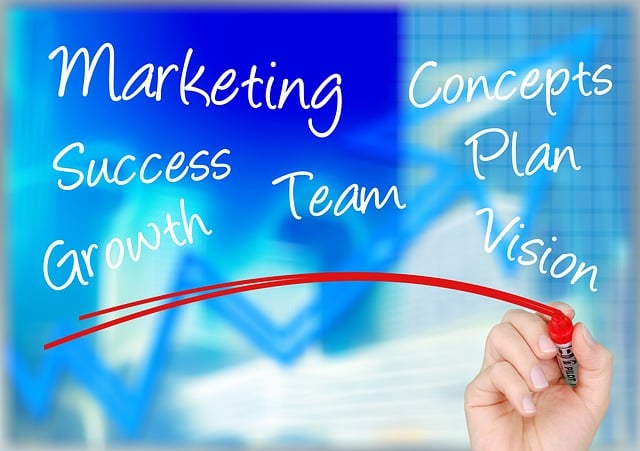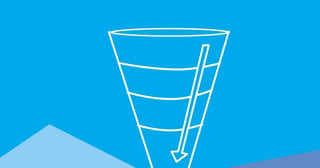
If you're beginning to think of creating a content marketing strategy as akin to a dating strategy, you've got the right idea. Yes, it can be a beguiling and perplexing process, but when you extend the metaphor, you can demystify the process and set it on the right track – with mutually beneficial results.
Potential customers assess you and your company's products or services by following a three-step progression: awareness, evaluation and purchase. If you don't give them something to trigger their attention, they'll move on to someone else. If you don't sustain their attention as they size you up, they'll move on to someone else. And if you don't give them a compelling reason to pursue you in return, they'll move on to someone else.
If you don't want them to move on to someone else – if you want potential customers to think that you alone can fulfill their needs – then you'll align the content you provide to complement each phase of their three-step journey.
Keep your eye on the fundamentals
Revisit your inbound marketing strategy before focusing on the tactics. Inbound marketing requires a systematic approach in which you “connect all the dots” in a seamless manner. Ensure that:
-
You provide value to potential buyers at all three key stages of their journey.
-
All the “moving parts” of your strategy – including your website, search engine optimization efforts, content offers, calls to action, forms, landing pages and conversion paths – are strategically aligned, consistent and complementary.
-
You employ marketing automation platforms such as Hubspot to coordinate, streamline and simplify your efforts.
-
Your inbound marketing efforts deliver the results – and the return on your investment – that will connect the dots and lead to where they matter most: your bottom line.
Forge ahead through the three-step “funnel.”
Mindful of your strategy, mapping content that is appropriate as potential customers move through the “funnel” should be simpler to conceptualize and implement. Consider:
-
At the awareness stage, potential customers may be vaguely aware of you but are likely to be much more focused on their particular need.
-
Appropriate content at the awareness stage includes ebooks, educational webinars, how-to videos, tip sheets and whitepapers. Like a promising date, your goal is to pique interest.
-
At the evaluation stage, potential customers are sizing you up, wondering if you're the one who can fulfill their need.
-
Appropriate content at the evaluation stage includes case studies, data sheets, demo videos, FAQs, product or service webinars and samples. Like a promising date, your goal is to demonstrate a complementary fusion between what they need and what you have to offer.
-
At the purchase stage, potential customers are ready to move forward. They just need a little nudge to do so.
-
Appropriate content at the purchase stage includes a consultation, estimate, free trial, promotion or coupon. Like a promising date, your goal is to secure plans for the next encounter.
Expect to make some tweaks along the way, always remaining responsive to the signals a potential customer may be sending your way. But this entirely sensible content plan will help you make the right moves, make a lasting impression and – like that promising date – perhaps even alter your respective destinies.
Image courtesy of JoetheGoatFarmer.com
